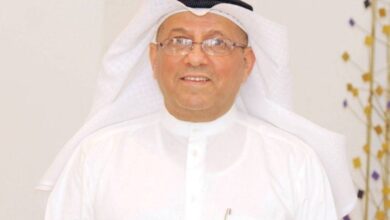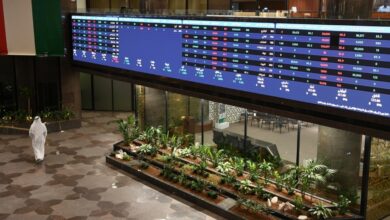
• Middle Eastern markets appear to be thriving compared to project finance markets in many other regions, making the Middle East an ideal destination for investors and financiers looking to fund large projects.
According to MEED magazine, the Middle East and North Africa (MENA) region has emerged as a significant global hub for project finance, attracting widespread interest.
Consultants from various markets continue to view the region as a key player, maintaining its reputation as an appealing destination for major project financing deals, as reported by Al Anba newspaper.
The magazine noted that Middle Eastern markets appear to be thriving compared to project finance markets in many other regions, making the Middle East an ideal destination for investors and financiers looking to fund large projects.
It highlighted the region’s significance with the example of a $6.1 billion financing deal for NEOM Green Hydrogen Company, which was finalized in 2023. This deal underscores the region’s capacity for large and often complex transactions, involving initial facilities and attracting numerous financial institutions to the financing mix.
The use of project finance structures across various sectors, including infrastructure, facilities, and diverse programs, indicates a growing interest in newer asset classes such as green energy. As a result, the Middle East is poised to remain a hotspot for project finance activity.
The magazine cited the rating agency Standard & Poor’s Global, which predicted that, in addition to the energy sector, the region will witness significant investments in various sectors such as transport, infrastructure, and digitization, with substantial spending on communications and an increase in data center capacity due to continued population growth.
While the MENA region as a whole has experienced a rise in activity, the situation is not uniform across different countries. The magazine noted that financing for the large green hydrogen project in NEOM in 2023 remains an exception rather than the rule, although local lenders appear willing to intervene when conditions permit.
It adds that international banks continue to show strong interest in financing projects in the energy and infrastructure sectors, while the project finance market is largely dominated by large local banks. This dynamic has contributed to a more stringent liquidity environment, where these financial institutions are facing limits on their allowable exposure.
Energy has traditionally attracted project financing in the MENA region and should continue to support one emerging area within this sector: carbon capture and storage, which is a focus for regional oil companies.
The financing of carbon capture projects may present an attractive opportunity for banks, boosting the liquidity of hydrogen projects. The magazine highlighted an important factor in this context: interest rates. It stated that project sponsors will look to capital market instruments, although these tools have lost their luster in recent years as the global interest rate environment has made the proposed bond components in project financing less appealing to many.
However, as the US Federal Reserve enters a gradual cycle of monetary relief, the use of project-linked bonds may begin to recover.
The magazine pointed out that interest rates set by Gulf central banks in 2023, and those expected at the end of December 2024, vary significantly. The lowest rates are those applied by the Central Bank of Kuwait, which reached 4.25% in 2023 and is expected to fall to 3.5% by the end of December this year.
In contrast, the highest rates in the GCC countries at the end of 2023 are in Bahrain at 7%, followed by Qatar at 6.25%, Saudi Arabia and Oman at 6%, and the UAE at 5.4%.
With a mixed climate of interest rates and more banks and project supporters gaining experience in emerging energy schemes in the Gulf and the broader MENA region, there is hope that banks will return to the region with transactions that will maintain its position as a global center for project financing for a longer period.













